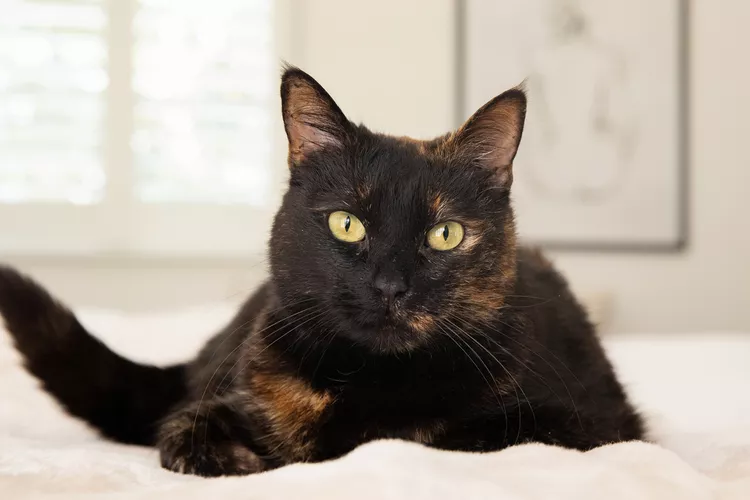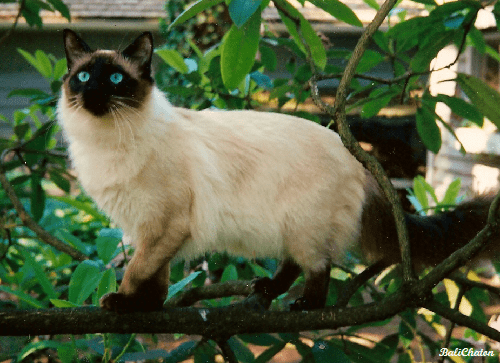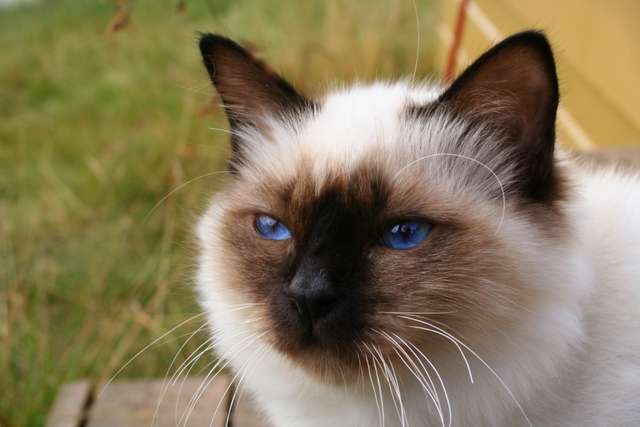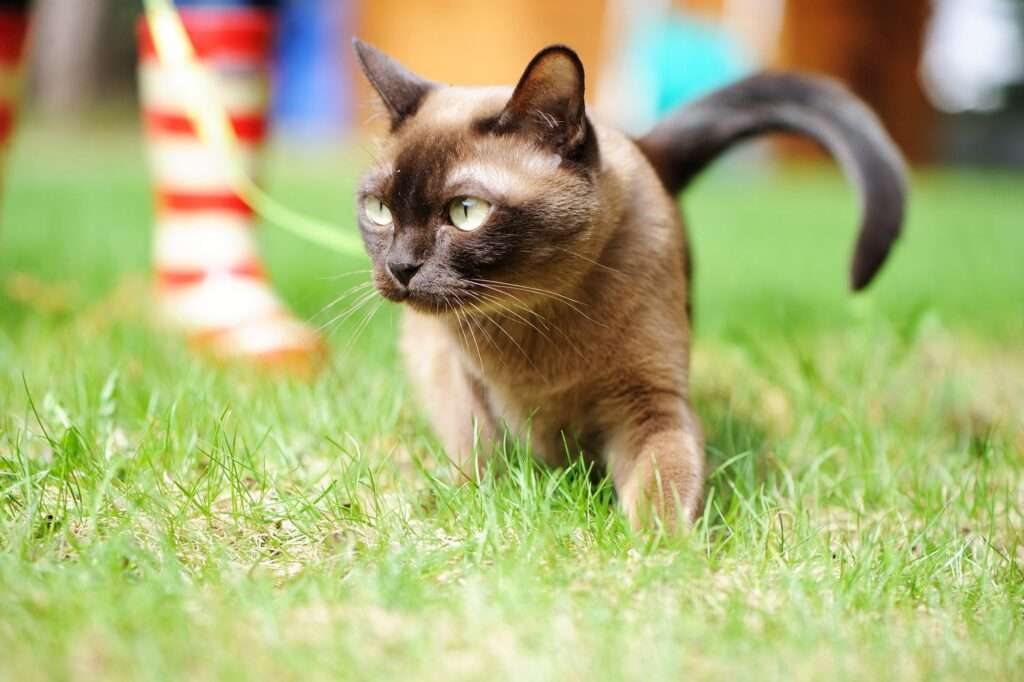
Description
Size: 5.5 to 10 pounds
Cats with tortoiseshell coats, sometimes known as torties, combine two colours other than white in larger or more closely blended areas. Although the patches are frequently described as being red and black, they can really be orange, yellow, or cream for the “red” patches, and chocolate, grey, tabby, or blue for the “black” patches.
Origin and History
According to Khmer folklore from Southeast Asia, tortie cats are descended from the blood of a youthful goddess, and the ancient Celts thought torties brought luck. According to an ancient wives’ tale, warts can be effectively treated by massaging a tortoiseshell cat’s tail against them.
Behavior
Activity Level: high
Social Needs: Many people have high anxiety levels and detest having other pets in their houses. They could be cuddly one moment and snarling the next.
According to a survey, people who own tortoiseshell cats generally think that they have more attitude (also known as “tortitude”) and are therefore “the divas of the cat world” since they typically prefer to get things done their way and can snap at the slightest provocation. However, there isn’t any current scientific proof for it. According to one study, there is no connection between tameness and coat colour. While a 2016 study revealed an association with increased aggression and prey interest, a 2015 study from the University of California, Davis School of Veterinary Medicine that polled more than 1,200 cat guardians found links between a tortoiseshell coat pattern and a cat’s propensity towards hissing, biting, chasing, and slapping/scratching their human companions. Tortoiseshell cats typically have considerably more unique personalities and are more receptive to environmental cues, according to celebrity cat expert Jackson Galaxy. A correlation between a cat’s coat colour and personality cannot be drawn based on the mixed study results.
Some people believe that tortoiseshell cats are independent and have short tempers.
As Pet

Grooming
For all cats, including tortoiseshell cats, grooming is an essential component of care. The amount of grooming required will vary depending on the breed or hair length of your cat. Long-haired cats require daily brushing to avoid uncomfortable matting and knotting of the fur, while short-haired Torties just require weekly brushing to maintain the health of their skin and coat.
It’s important to introduce nail clipping and dental cleaning early on and get your cat habituated to grooming. It will be much simpler for you to continue these grooming rituals in the future if you introduce a Tortie kitten to them at a young age.
Food
To ensure that your tortoiseshell cat gets all the nourishment they need to grow, you should feed them according to their life stage. A kitten’s body and brain require protein and calcium to build healthy muscle and bone, therefore tortoiseshell kittens will need high-calorie kitten chow to provide them the energy they need to thrive.
It will have less calories than kitten food while still being extremely nutrient-dense because adult torties need a diet that helps them maintain a healthy weight. A diet high in fatty acids can protect the joints of elderly cats and keep them mobile as they age. Elderly cats frequently slow down and can experience problems with their joints and mobility.
Table





